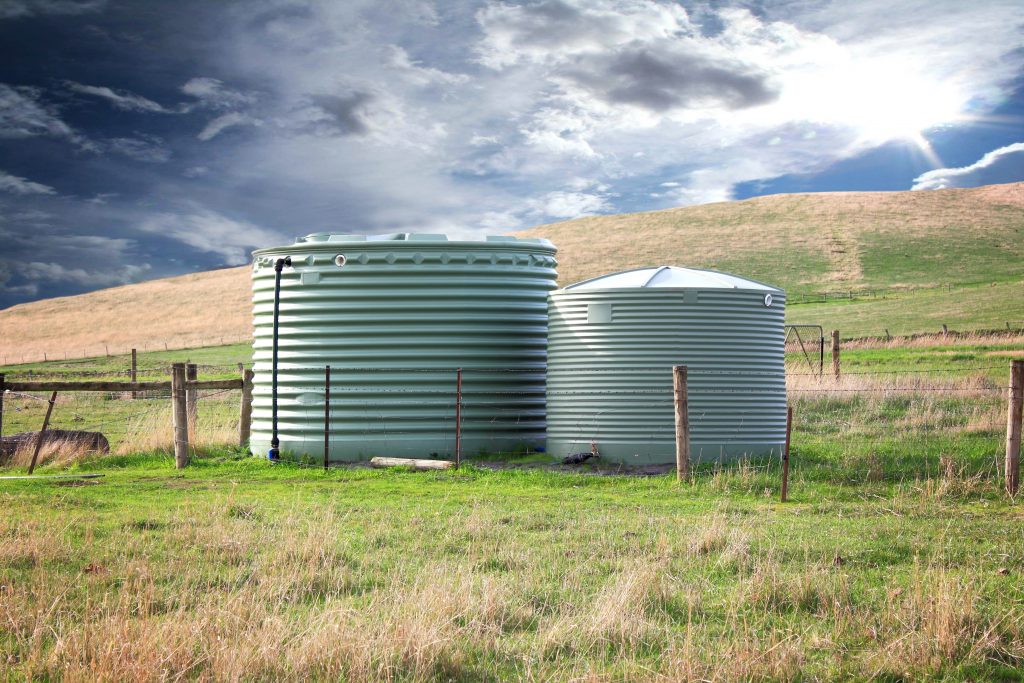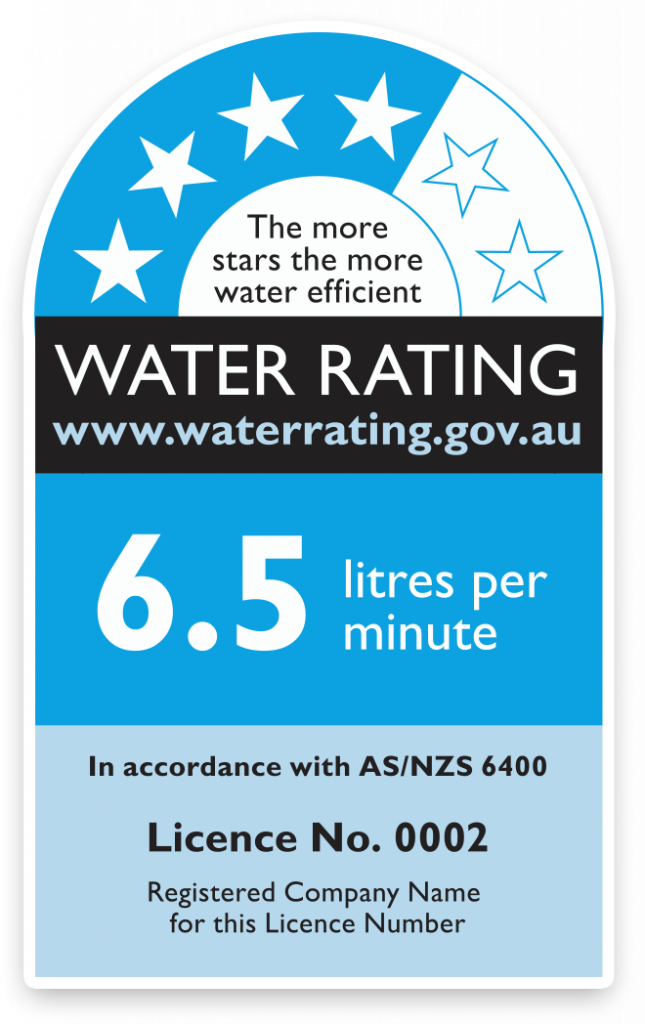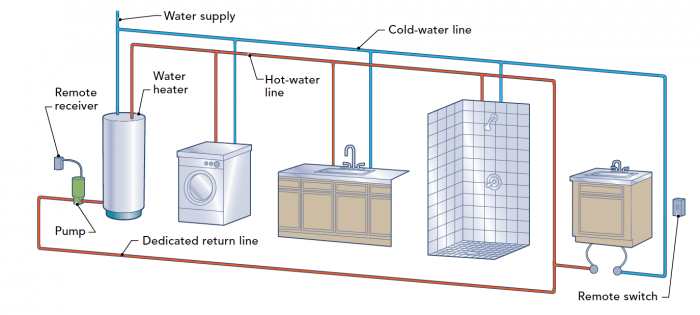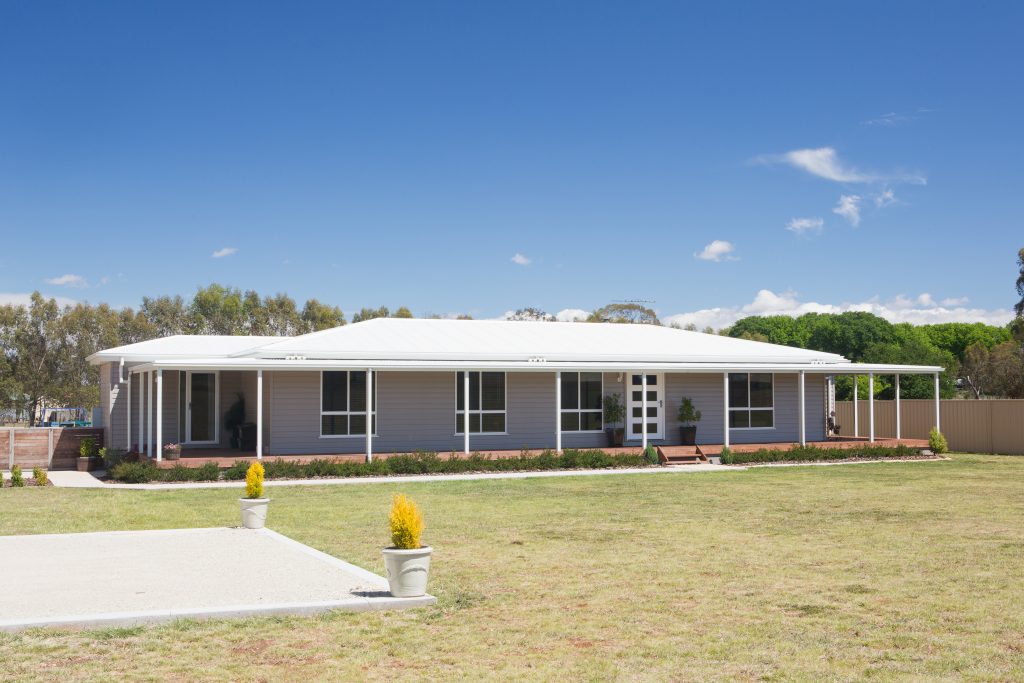SAVING WATER. 4 TIPS ON HOW TO SAVE WATER IN YOUR NEW HOME!
Saving Water. With this drought on us, now is as good a time as ever to consider how you can save water! And, if you're building a new home, then you need to make sure you incorporate at least 2, if not all, of these water-saving inclusions in your new home!
So, read on find out four practical ways of saving water in
your new home.
SAVE THE RAIN! A TANK IS A MUST-HAVE.

Ok, so when you consider how to save water, your first step
should be to include a water tank with your home! The second part of it is to
ensure you get a water tank that is the right size for your home. Because not
only do you want to save water, you want to harvest the maximum amount possible
As a general rule, 1mm of rain on 1m2 of the roof will collect approximately 1.0L of pure valuable rainwater! You do the math, but if you have a 150m2 home and received 10mm of rain, you could expect to collect around 1500L of water. And if you receive 500mm of rain a year, you will get around 75,000L of rainwater run-off a year!
As a rule, for a small home and shed you could work on getting 1 x 20,000L water tank. For a mid-sized house, you might consider two 20,000L tanks and for large, 200m2 plus, homes you could put at least 2 or 4 water tank tanks to collect water from your house and sheds. And remember – having more storage than not enough is far better! Check out this article here on calculating tanks size and water usage.
WATER-SAVING SHOWERS AND TAPS

Now you’re storing that precious rainwater; you need to start minimising how much you use! And the first step is to ensure you put water-saving showers and tapware throughout your home. By providing all your plumbing fixtures have a WELS rating of 6 stars or more, you are setting yourself up to make your water go as far as possible!
APPLIANCES
Another high water usage part of your home is your washing appliances. If you've got a washing machine and dishwasher then you need to ensure that they have the highest affordable rating you can get. Going to reuse the old washing machine? We absolutely recommend that, unless your machine is quite new, then you shop around for energy and water-efficient appliances!
HOT WATER RETICULATION

If you want to take your water savings even further than the next most cost-effective option is to install a hot water reticulation system in your new home. Most of us don’t give a second thought as we let that water run down the drain as you wait for your nice hot shower! Well, warm water reticulation solves that problem by capturing the cold water lag in your hot water pipes and re-direct it into your rainwater tank or back into the water heater to be re-used.
OUTDOOR WATER USAGE

The last tip is to consider your external water usage, yes, those things like gardens and car washing. We can go into the basic’s here, like washing your car on the lawn, using drought-resistant native plants, and so on.
But what we want to focus on here is your sewerage. Yes, you heard right –
sewerage.
If your building on an un-sewered site, then installing a wastewater treatment plant with above-ground sprinklers is critical. These handy treatment systems are a great way to allow you to re-use your wastewater by putting it straight onto the gardens or into the lawn! And if you want to take it to the extreme, you could put subsurface irrigation in to spread it over a large drought-resistant or your yard!
A FINAL WORD

Ok, so those are our four tips for today. We trust you’ve found these helpful and insightful. And rest assured, our building design team will help you consider these items when you are designing your perfect home!
Wanting some more info on sustainable design? Check out this article.


